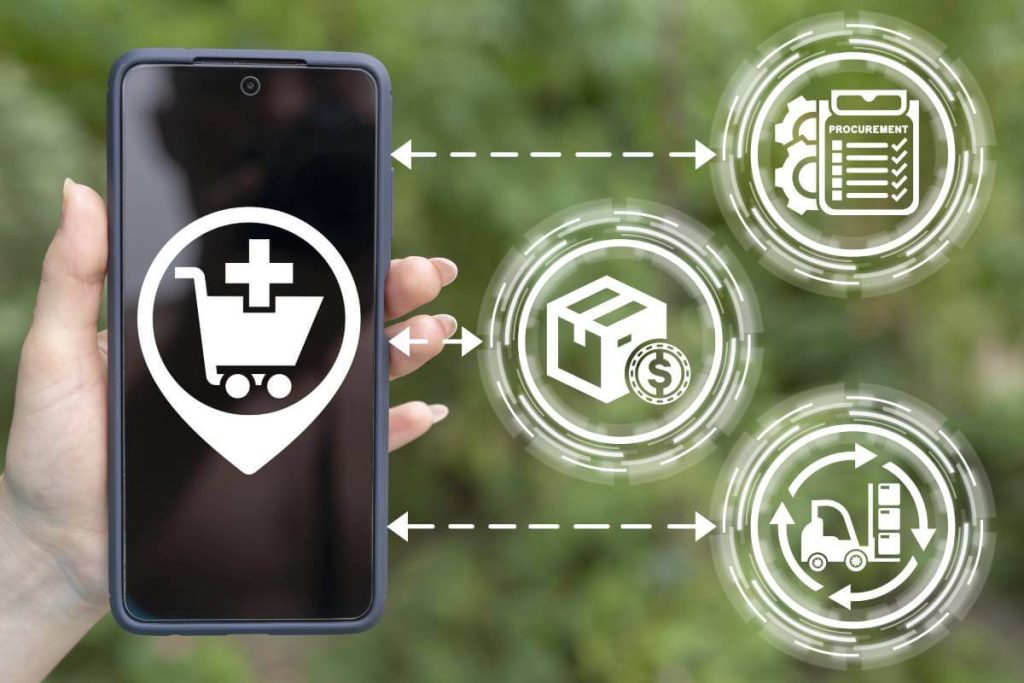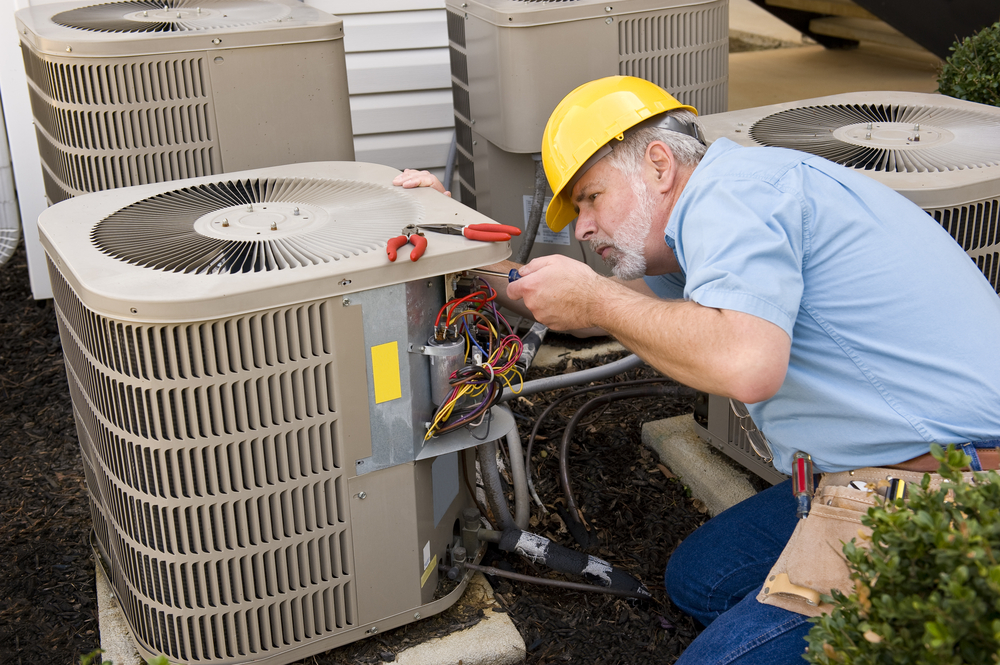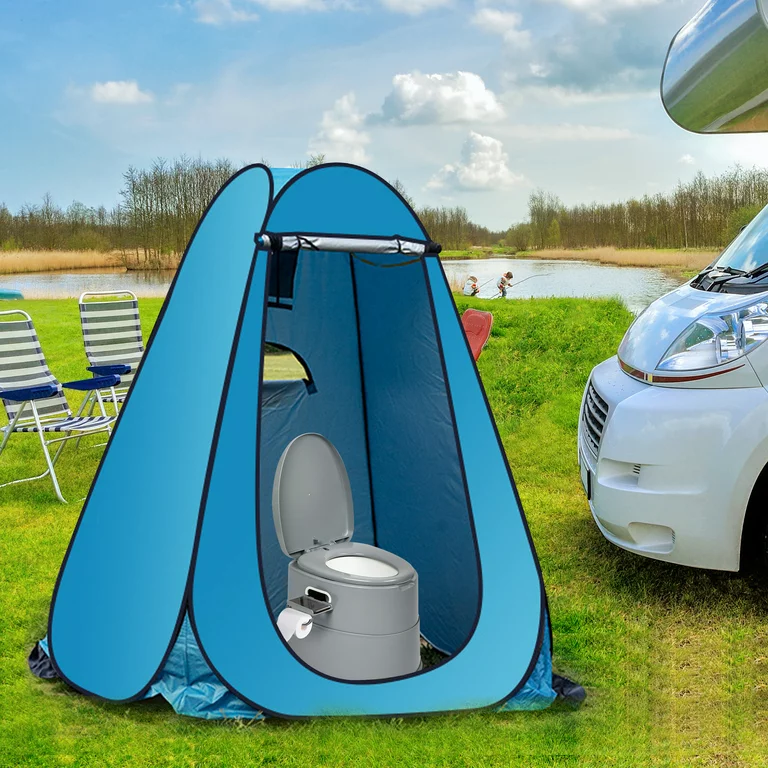Overhauling Phone Procurement Policy for Efficiency and Security
In a significant departure from conventional practices, the government has announced a sweeping overhaul of its phone procurement policy, aiming to bolster efficiency and enhance security measures. This strategic shift comes in response to a growing recognition of the critical role that smartphones play in both public service delivery and national security. With technology evolving at an unprecedented pace, outdated procurement practices have become a hindrance rather than a facilitator. Consequently, the government has embarked on a journey to revamp its approach, leveraging innovative strategies to navigate the complexities of modern telecommunications. Central to the reform agenda is a renewed emphasis on security protocols. Recognizing the escalating threats posed by cyber espionage and data breaches, the government is prioritizing the adoption of stringent security standards across its phone procurement processes. This entails rigorous vetting of suppliers, thorough assessments of device vulnerabilities, and the implementation of robust encryption mechanisms to safeguard sensitive information.

By fortifying the security infrastructure surrounding government-issued smartphones, officials aim to mitigate the risks associated with unauthorized access and malicious intrusions, thereby safeguarding both classified data and citizen privacy. Moreover, the revamped procurement policy seeks to streamline operational procedures and optimize resource allocation. Historically, bureaucratic red tape and fragmented procurement frameworks have plagued government acquisition processes, resulting in inefficiencies and delays. To address these challenges, the new policy introduces streamlined workflows, digital phone procurement platforms, and centralized decision-making mechanisms. By harnessing the power of automation and data analytics, officials aspire to expedite the procurement cycle, minimize administrative burdens, and drive cost savings across the board. This strategic realignment reflects a commitment to modernizing government operations and enhancing service delivery in an era defined by digital transformation. Furthermore, the revised policy places a premium on sustainability and ethical sourcing practices.
This entails prioritizing vendors with robust environmental credentials, embracing energy-efficient technologies, and reducing electronic waste through responsible disposal and recycling initiatives. By aligning procurement decisions with broader sustainability objectives, the government aims to set a precedent for environmentally conscious governance and foster a culture of corporate responsibility within the private sector. Beyond its immediate operational implications, the revamped phone procurement policy underscores a broader commitment to technological innovation and national resilience. As digital connectivity becomes increasingly intertwined with governance, economic development, and national security, the government recognizes the imperative of staying ahead of the curve. By embracing cutting-edge technologies, fostering strategic partnerships with industry stakeholders, and investing in research and development initiatives, officials aspire to position the country as a global leader in digital innovation. Through proactive measures such as the revitalization of phone procurement practices, the government seeks to reinforce its resilience against emerging threats while unlocking new opportunities for growth and prosperity in the digital age.



